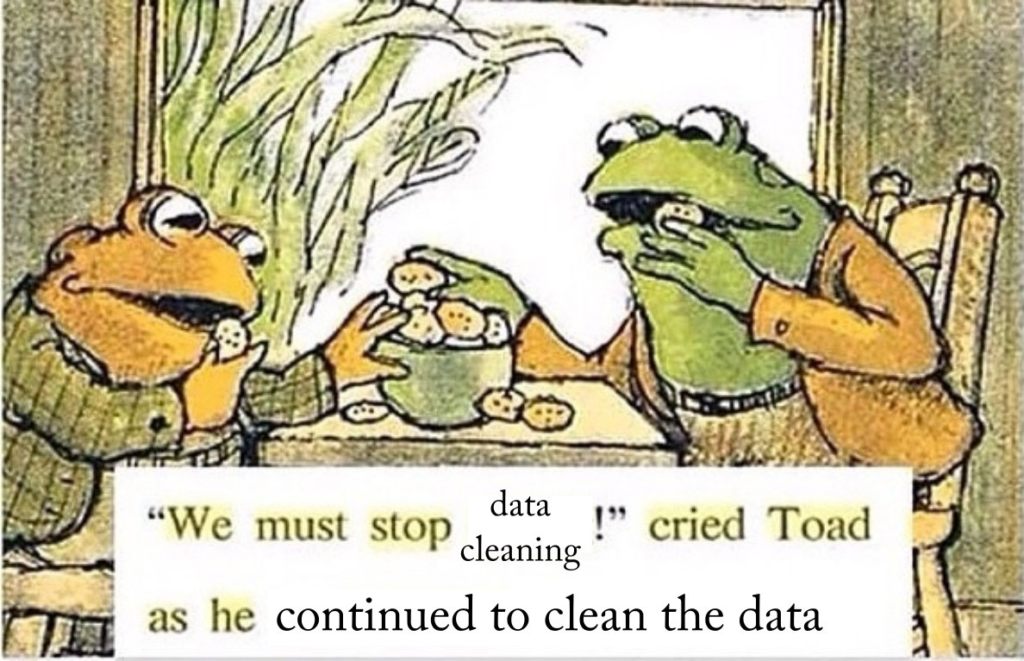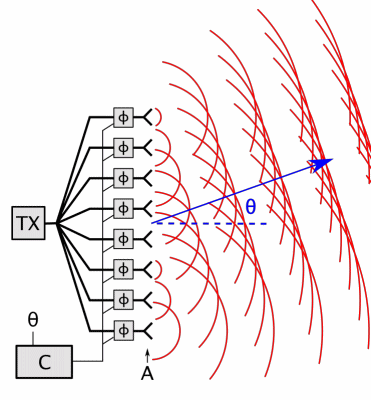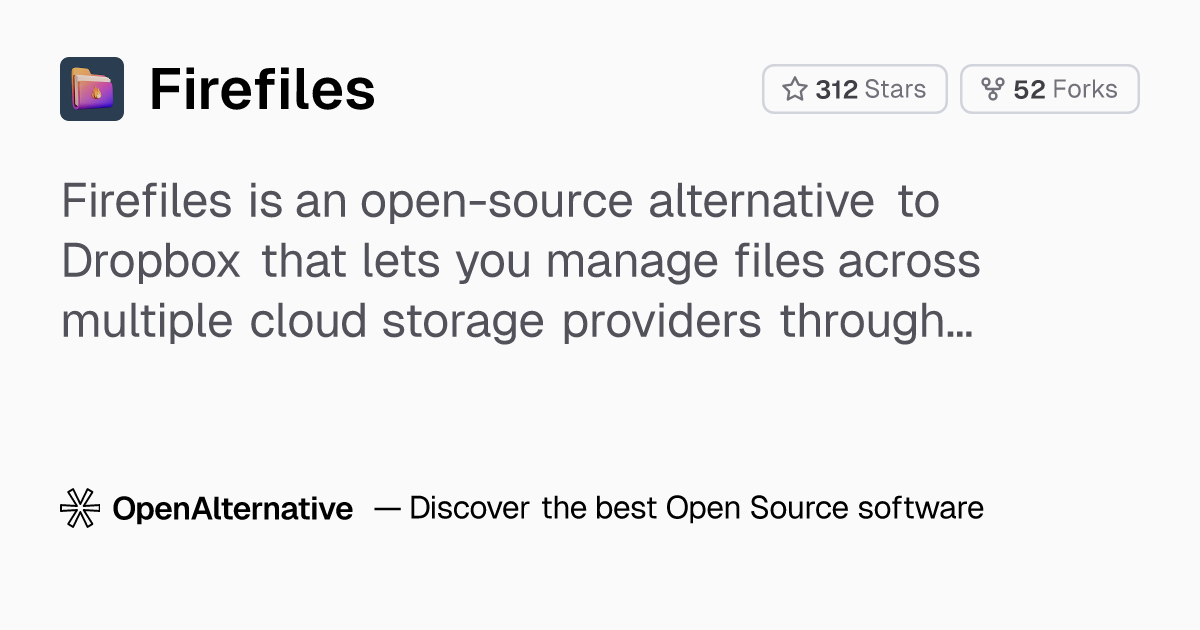
Our brains are vector databases — here’s why that’s helpful when using AI
Join our daily and weekly newsletters for the latest updates and exclusive content on industry-leading AI coverage. Learn More
In 2014, a breakthrough at Google transformed how machines understand language: The self-attention model. This innovation allowed AI to grasp context and meaning in human communication by treating words as mathematical vectors — precise numerical representations that capture relationships between ideas. Today, this vector-based approach has evolved into sophisticated vector databases, systems that mirror how our own brains process and retrieve information. This convergence of human cognition and AI technology isn’t just changing how machines work — it’s redefining how we need to communicate with them.
Think of vectors as GPS coordinates for ideas. Just as GPS uses numbers to locate places, vector databases use mathematical coordinates to map concepts, meanings and relationships. When you search a vector database, you’re not just looking for exact matches — you’re finding patterns and relationships, just as your brain does when recalling a memory. Remember searching for your lost car keys? Your brain didn’t methodically scan every room; it quickly accessed relevant memories based on context and similarity. This is exactly how vector databases work.
To thrive in this AI-augmented future, we need to evolve what I call the three core skills: reading, writing and querying. While these may sound familiar, their application in AI communication requires a fundamental shift in how we use them. Reading becomes about understanding both human and machine context. Writing transforms into precise, structured communication that machines can process. And querying — perhaps the most crucial new skill — involves learning to navigate vast networks of vector-based information in ways that combine human intuition with machine efficiency.





















